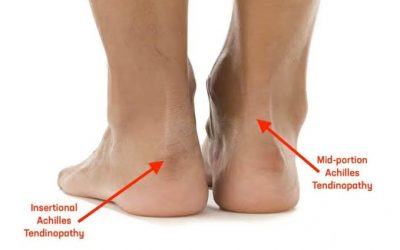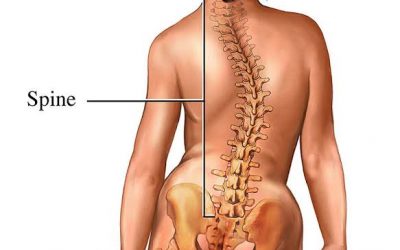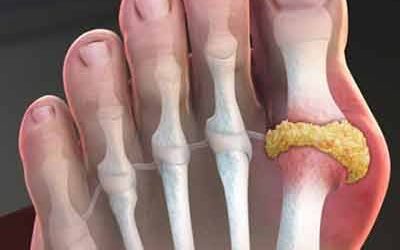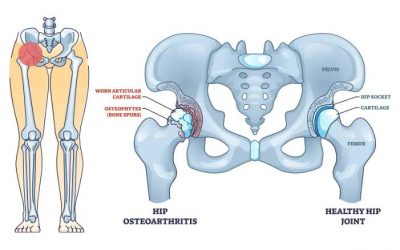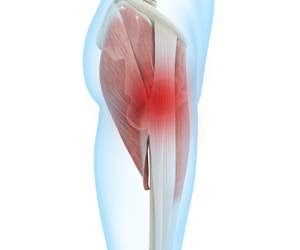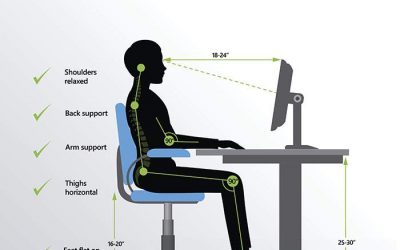Snapping Hip Syndrome
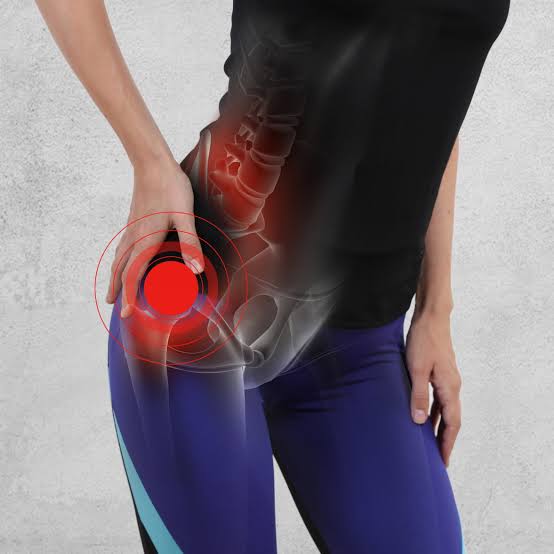

What is Snapping hip syndrome?
Snapping hip is a condition in which you feel a snapping sensation or hear a popping sound in your hip when you walk, get up from a chair, or swing your leg around.
The snapping sensation occurs when a muscle or tendon (the strong tissue that connects muscle to bone) moves over a bony protrusion in your hip.
Although snapping hip is usually painless and harmless, the sensation can be annoying. In some cases, snapping hip leads to bursitis, a painful swelling of the fluid-filled sacs that cushion the hip joint.
Anatomy
The hip is a ball-and-socket joint formed where the rounded end of the thighbone (femur) fits into a cup-shaped socket (acetabulum) in the pelvis. The acetabulum is ringed by strong fibrocartilage called the labrum that creates a tight seal and helps to provide stability to the joint.
Encasing the hip are ligaments that surround the joint and hold it together. Over the ligaments are tendons that attach muscles in the buttocks, thighs, and pelvis to the bones. These muscles control hip movement.
Fluid-filled sacs called bursae are located in strategic spots around the hip to provide cushioning and help the muscles move smoothly over the bone.
What Are the Different Types of Snapping Hip Syndrome?
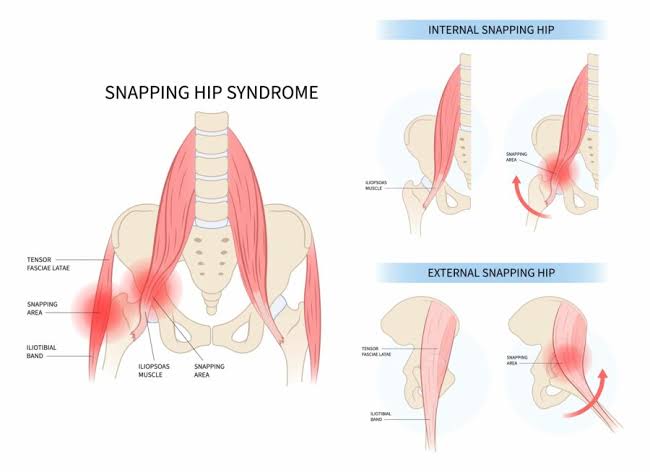
There are different names for snapping hip syndrome based on where it occurs.
External snapping hip happens on the side of the hip where the boney part the hip joint sticks out a little. It is caused when the iliotibial (IT) band slides over the greater trochanter area. The IT band is a tendon that runs down the side of the leg. The greater trochanter is where the hip muscles come together and attach to the hip. It covers the top part of the thigh bone (femoral head) and hip socket.
- The snap occurs when the leg moves back and forth.
- A tight IT band or weakness in one of the hip muscles, such as the gluteus maximus (butt) muscle, can cause external snapping hip.
Internal extra-articular snapping hip happens in front and just inside the hip. One of the hip flexor muscles, either the psoas major muscle or the iliopsoas tendon, slides over the front of the hip bone and catches.
- The snap occurs when going from a bent to a straight position. The affected flexor muscle stretches, gets caught on the hip bone, then snaps when it releases or slides back into place.
- The space between the hip flexor muscles and bone (the bursa) can become irritated and inflamed, leading to pain. This is called bursitis.
- Internal extra-articular snapping hip is a common overuse injury caused by a tight or inflamed (irritated) hip flexor or when muscle strength in the hip muscles are unequal, (one side is stronger than the other).
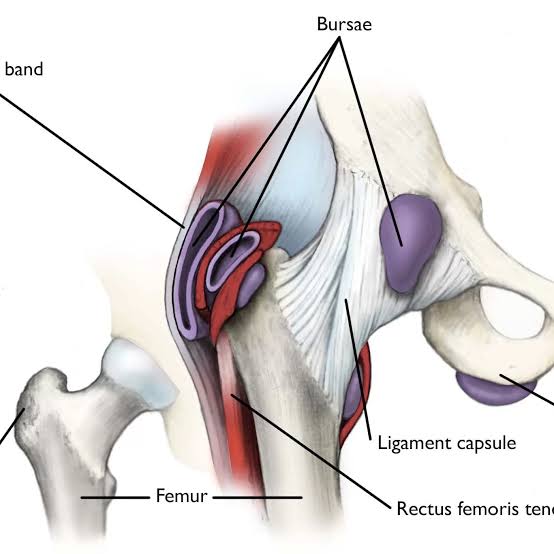
Internal intra-articular snapping hip happens inside the hip joint. It can be caused by a tear in the cartilage lining of the hip or by debris floating inside the hip joint. Floating debris can come from either a piece of the lining of the hip or a piece of cartilage or bone breaking off from the femoral head.
Causes
Hip pain and popping happens when the muscles and tendons supporting your hip become unusually tight. Tendons are strong bands of tissue that connect muscle to bone. The snapping sensation or popping noise occurs when the tight tissue crosses over a bony ridge in your hip joint.
This condition usually doesn’t cause pain. However, snapping hip syndrome can lead to swelling in the bursa, which is a pocket of fluid that cushions your hip joint. Bursitis happens when the swelling leads to pain that just doesn’t quit. Find out more about hip bursitis(thochanteric bursitis).
Examination
- Subjective assessment of history:
- Prevalence of snapping hip
- Location of the snap,
- Timing of the snap
- Age/duration of onset
- Pain and disability and
- Impact on activities of daily living.
- Palpation (of painful area – most likely areas will be greater trochanter and the lateral border of the gluteus maximus.
- Gait or biomechanical abnormalities
- Demonstration the snap
- Hip rang of motion
- Muscle strength testing
- Muscle length tests
- Exclude differential lumbar and knee pathology
Brignal and Stainsby found that the average duration of snapping hip symptoms in patients was 2 years and 2 months, generally speaking, the patient can tell you exactly where their problem is.[6] A visual analog scale (VAS) scale can also be used to measure pain.[7] The clinical exam should consist of basic tests that include:
Treatment
The best treatment for snapping hip syndrome starts with a period of rest to allow the tendon to heal naturally. Once you’ve rested enough for your symptoms to improve, we can help you plan a smooth transition back to your favorite activities with the help of other treatments, including:
- Physical therapy: By working with one of our physical therapists, you can stretch and strengthen the muscles and tendons supporting your hip. Find out more about orthopedic physical therapy.
- Injections: A corticosteroid injection may reduce inflammation in the bursa. Our orthopedic experts use special imaging technology when necessary to guide the needle to just the right spot.
- Arthroscopic surgery: In rare cases, surgery is necessary to lengthen or remove the tendon that’s causing the snapping. Our orthopedic experts specialize in minimally invasive techniques, which involve sophisticated tools and the smallest necessary incisions. These techniques reduce recovery time so you can get back to your favorite activities sooner.
